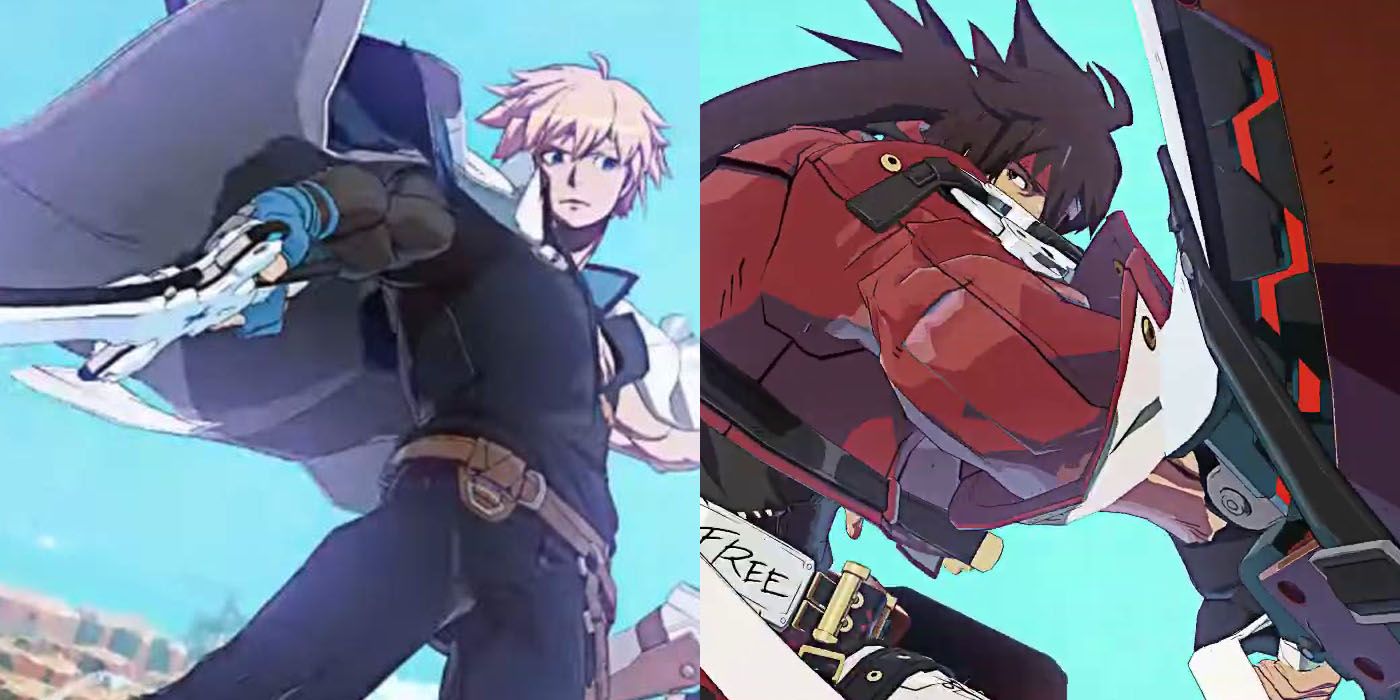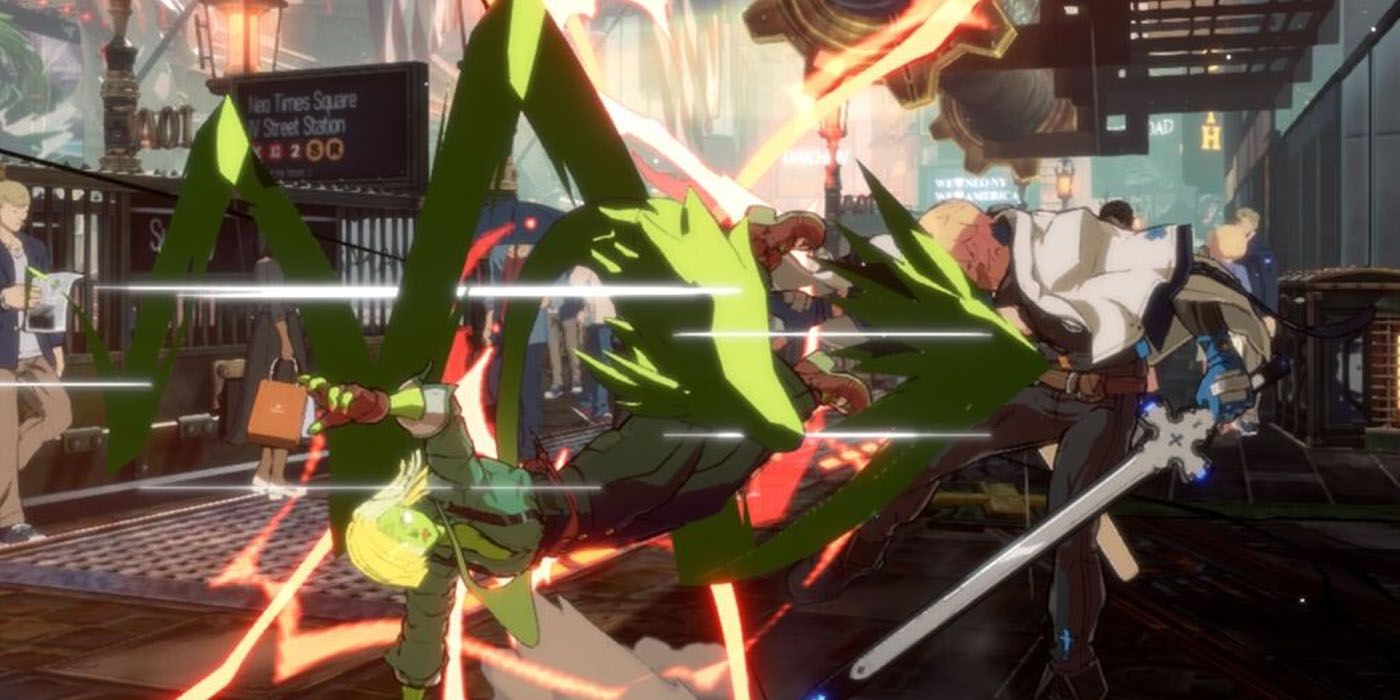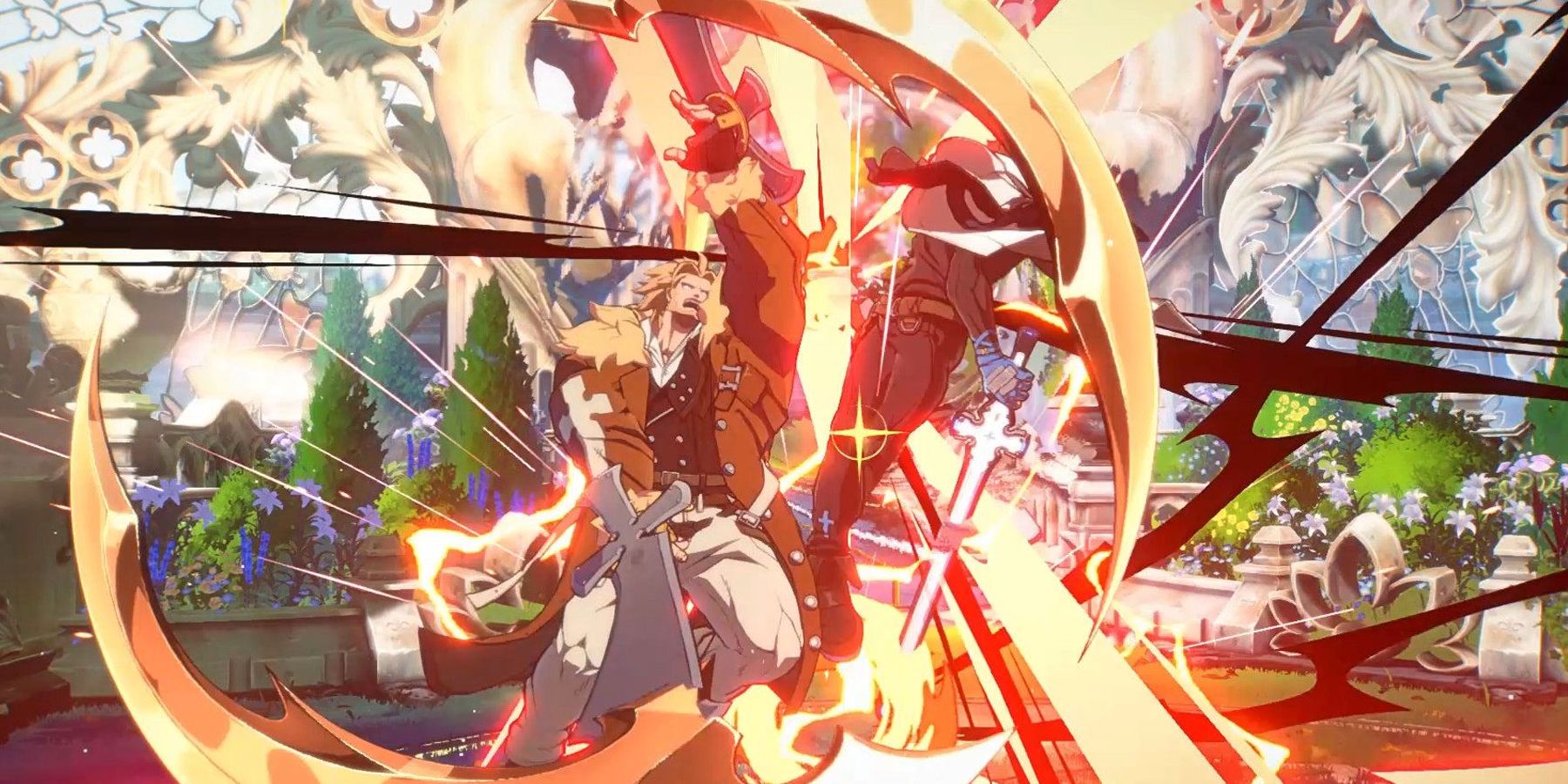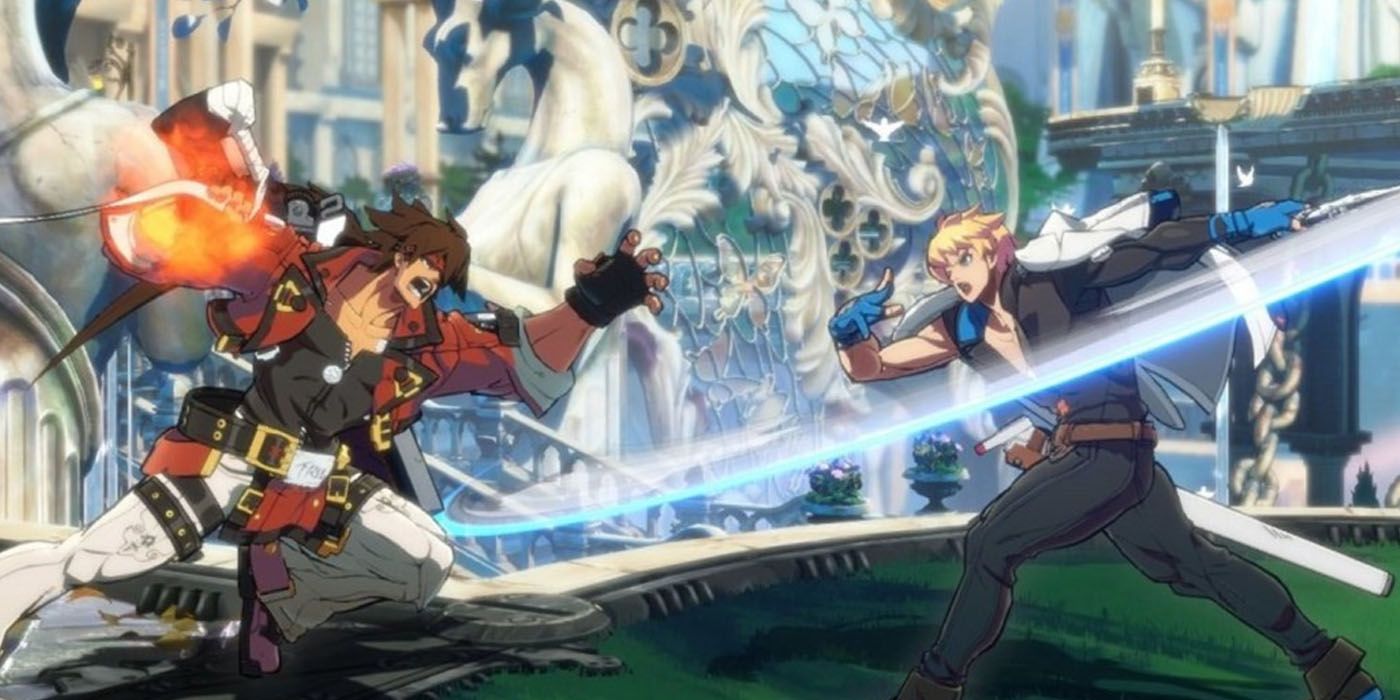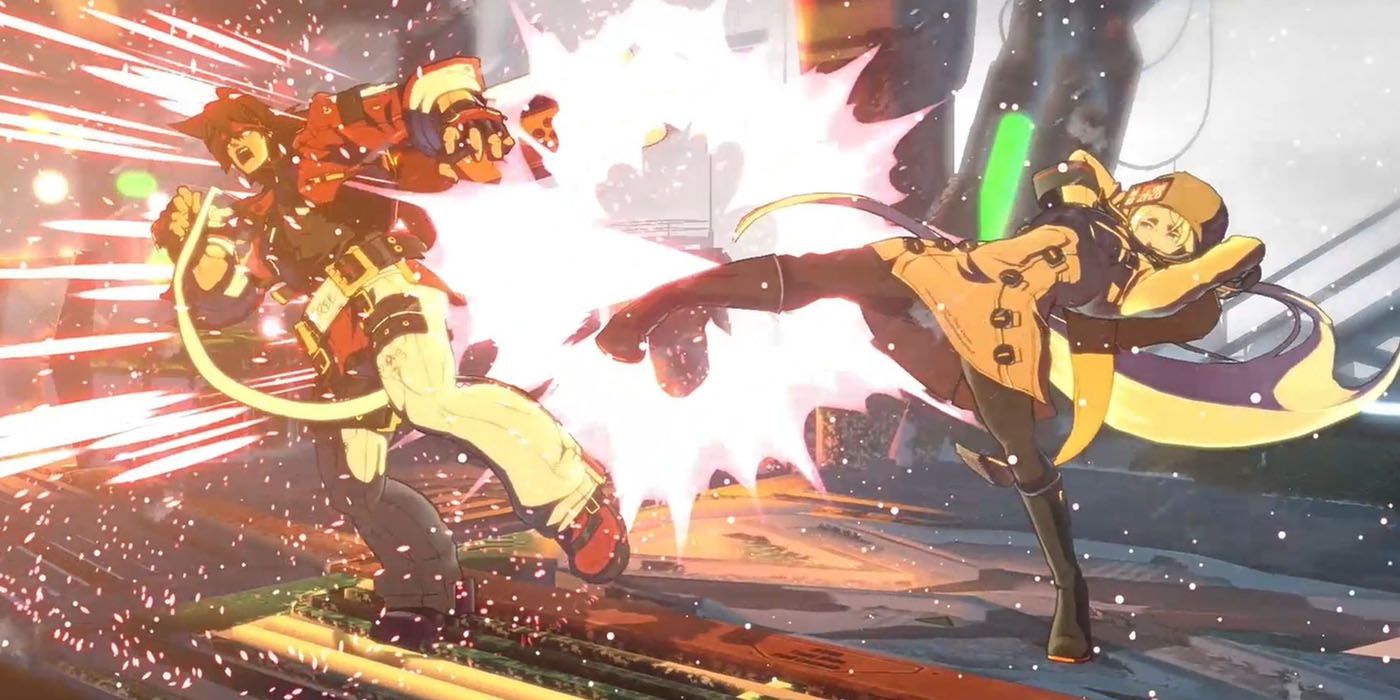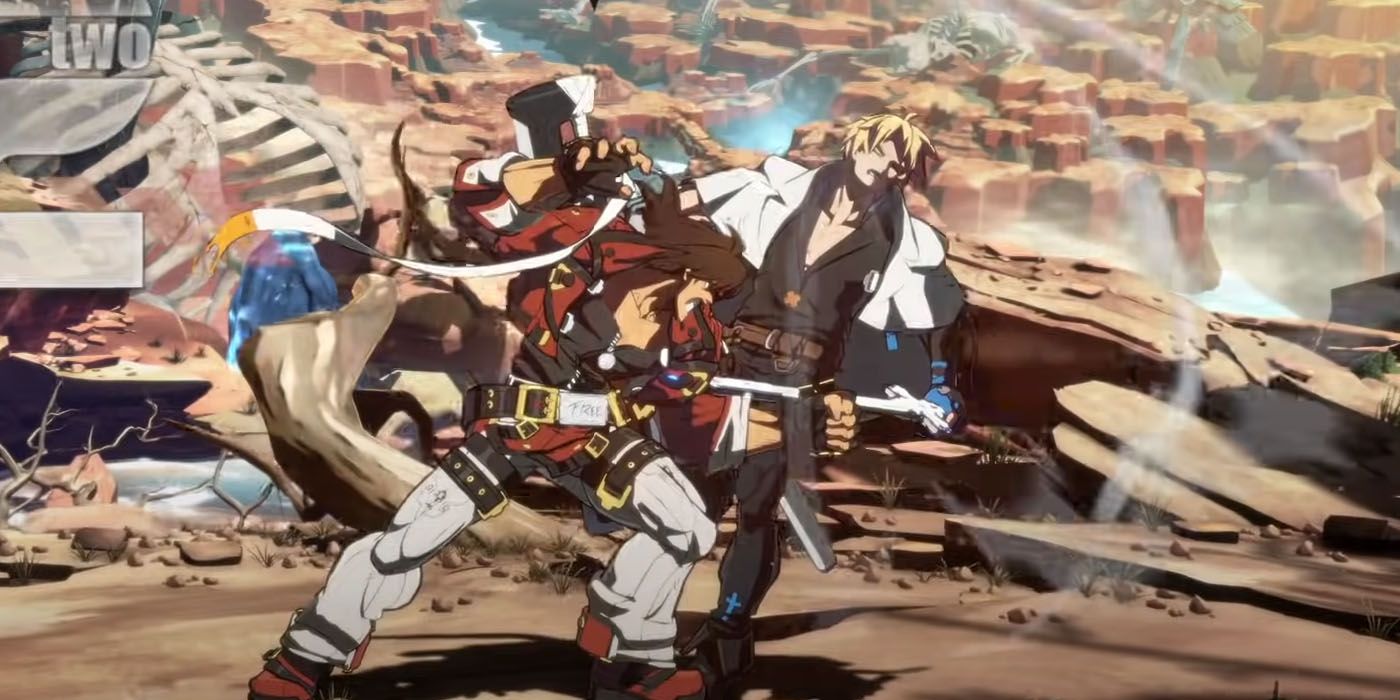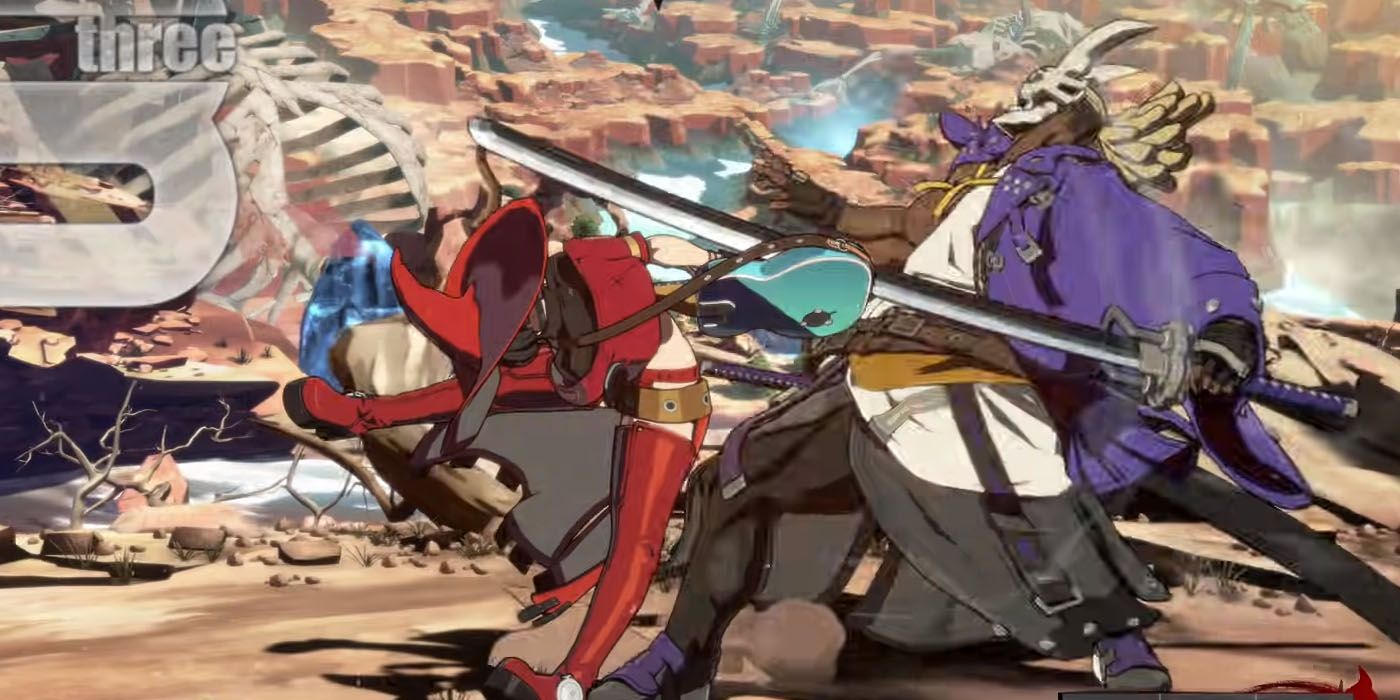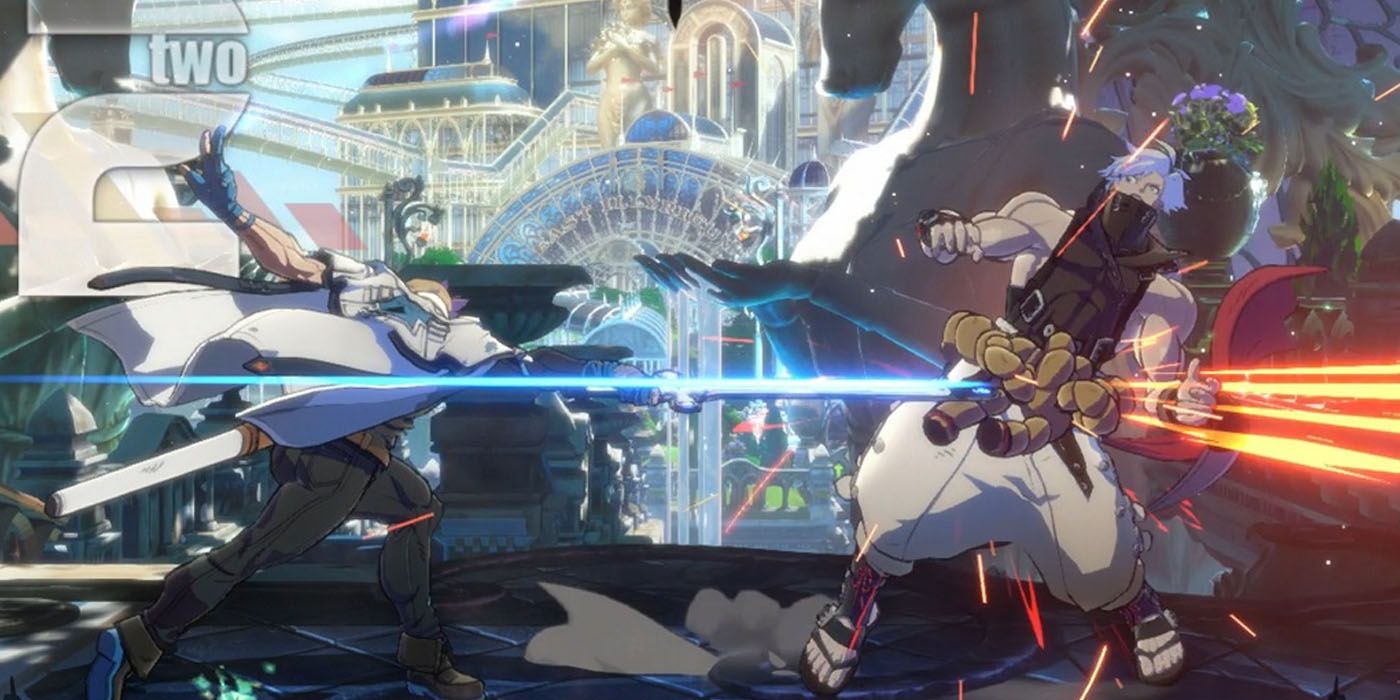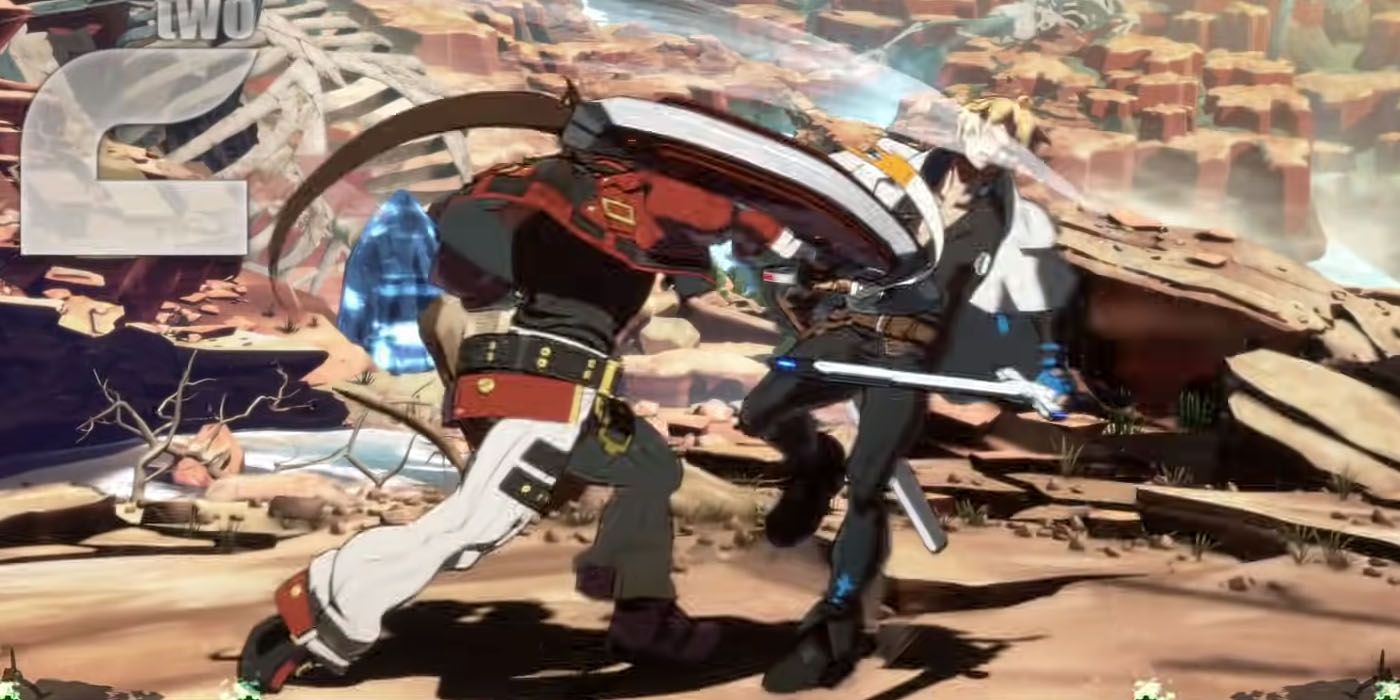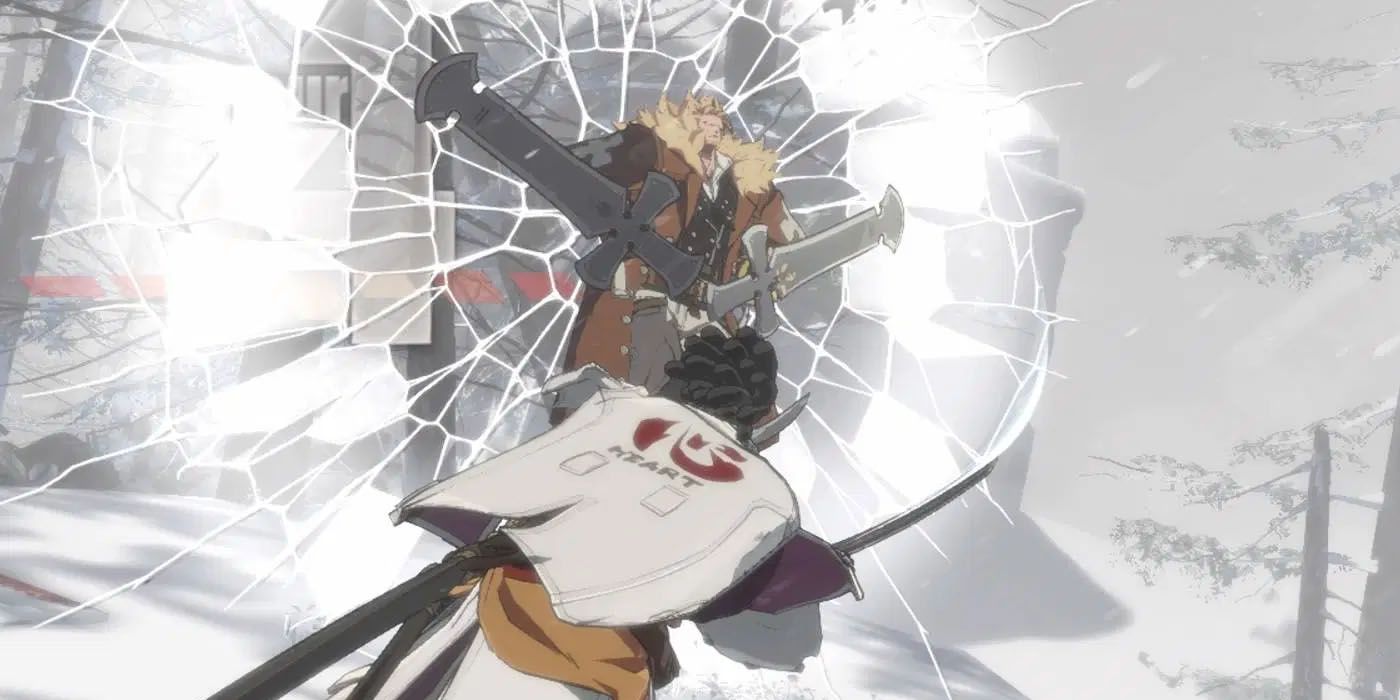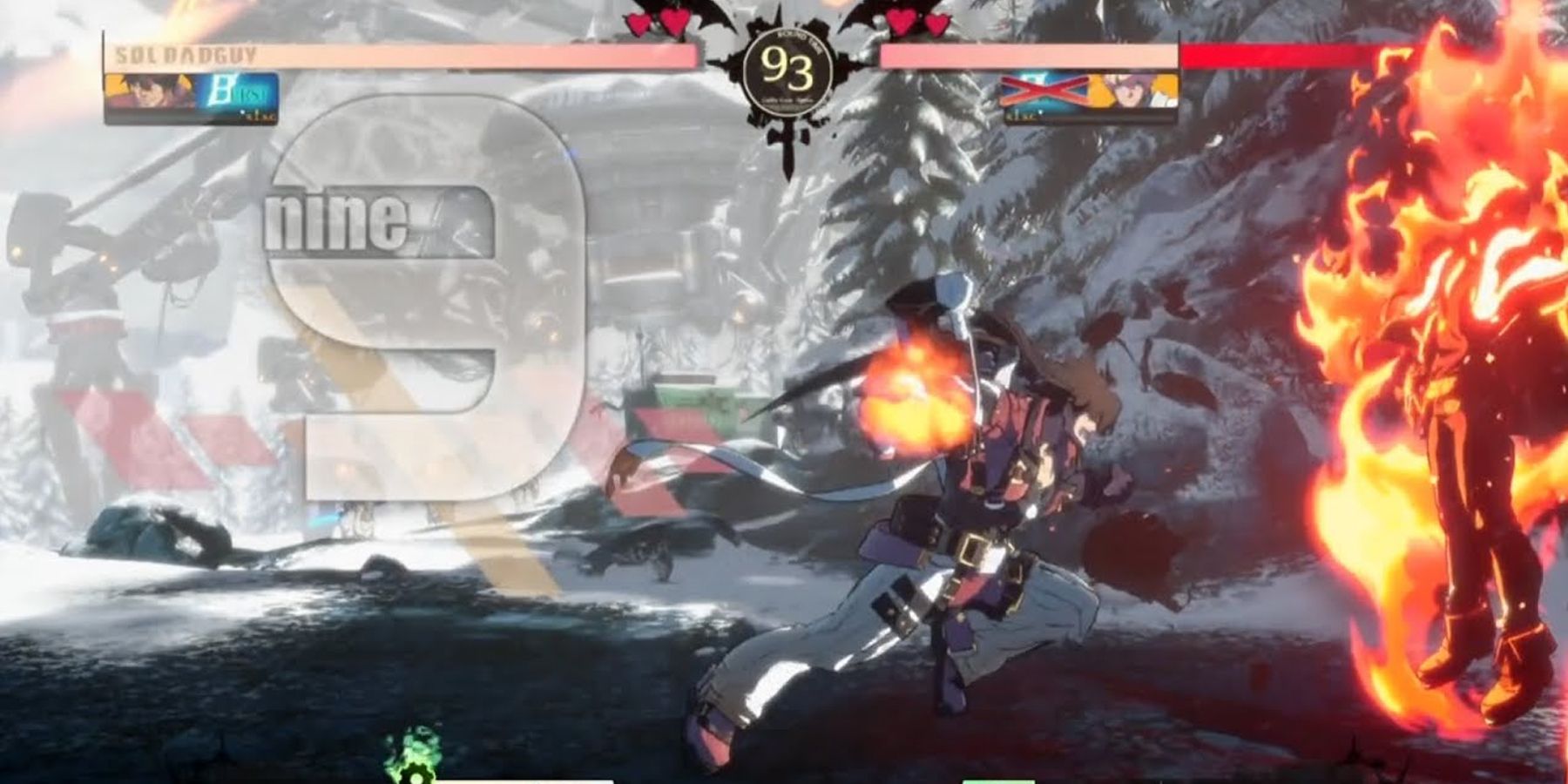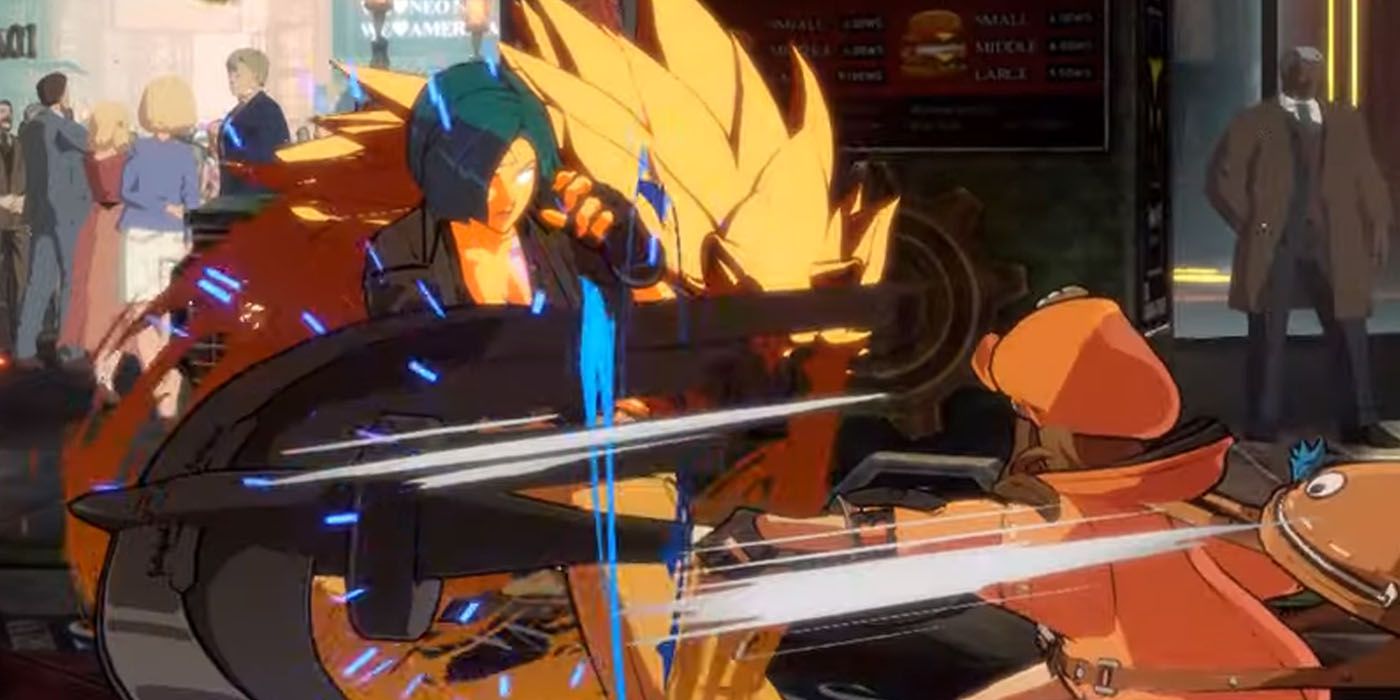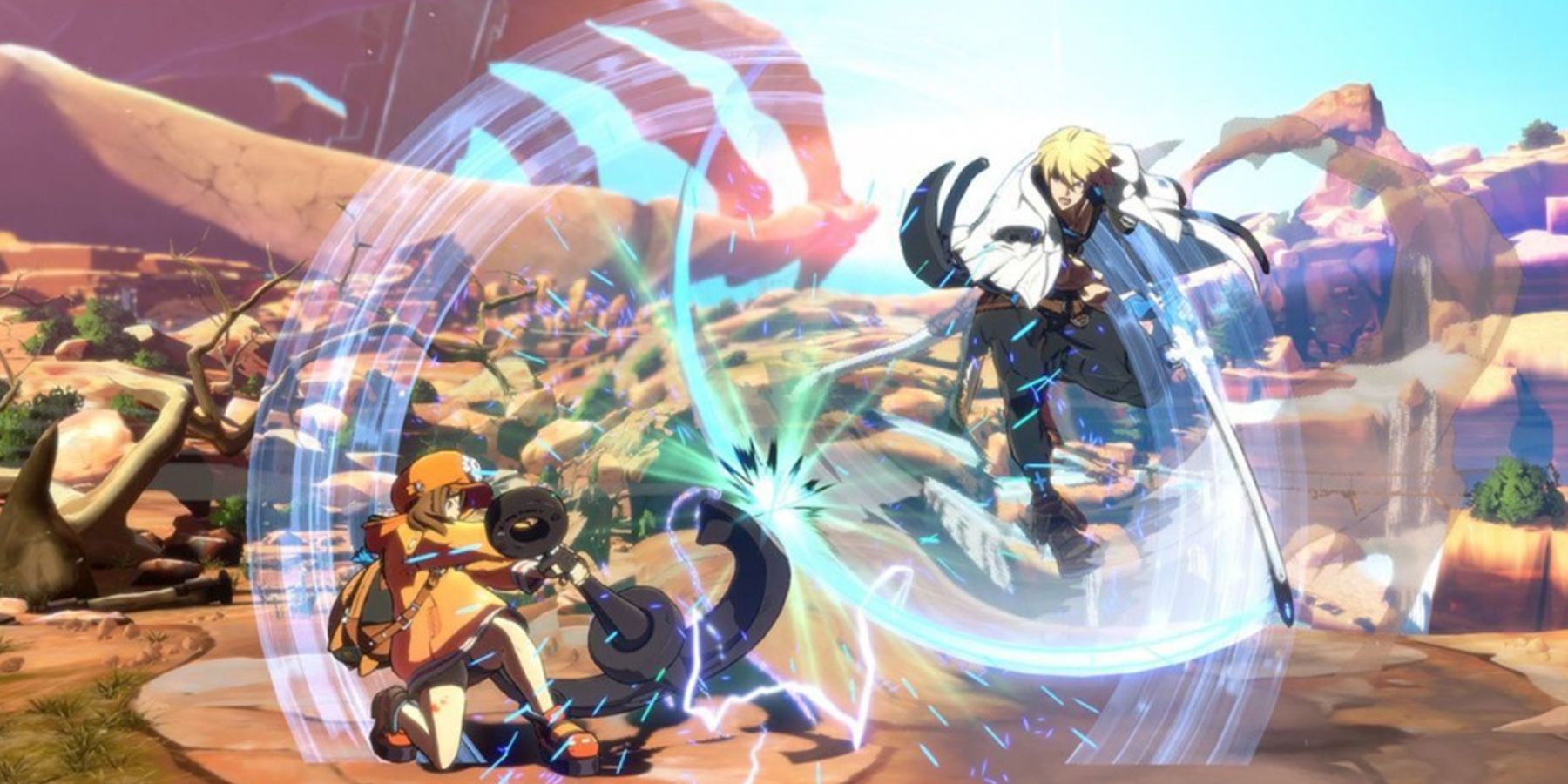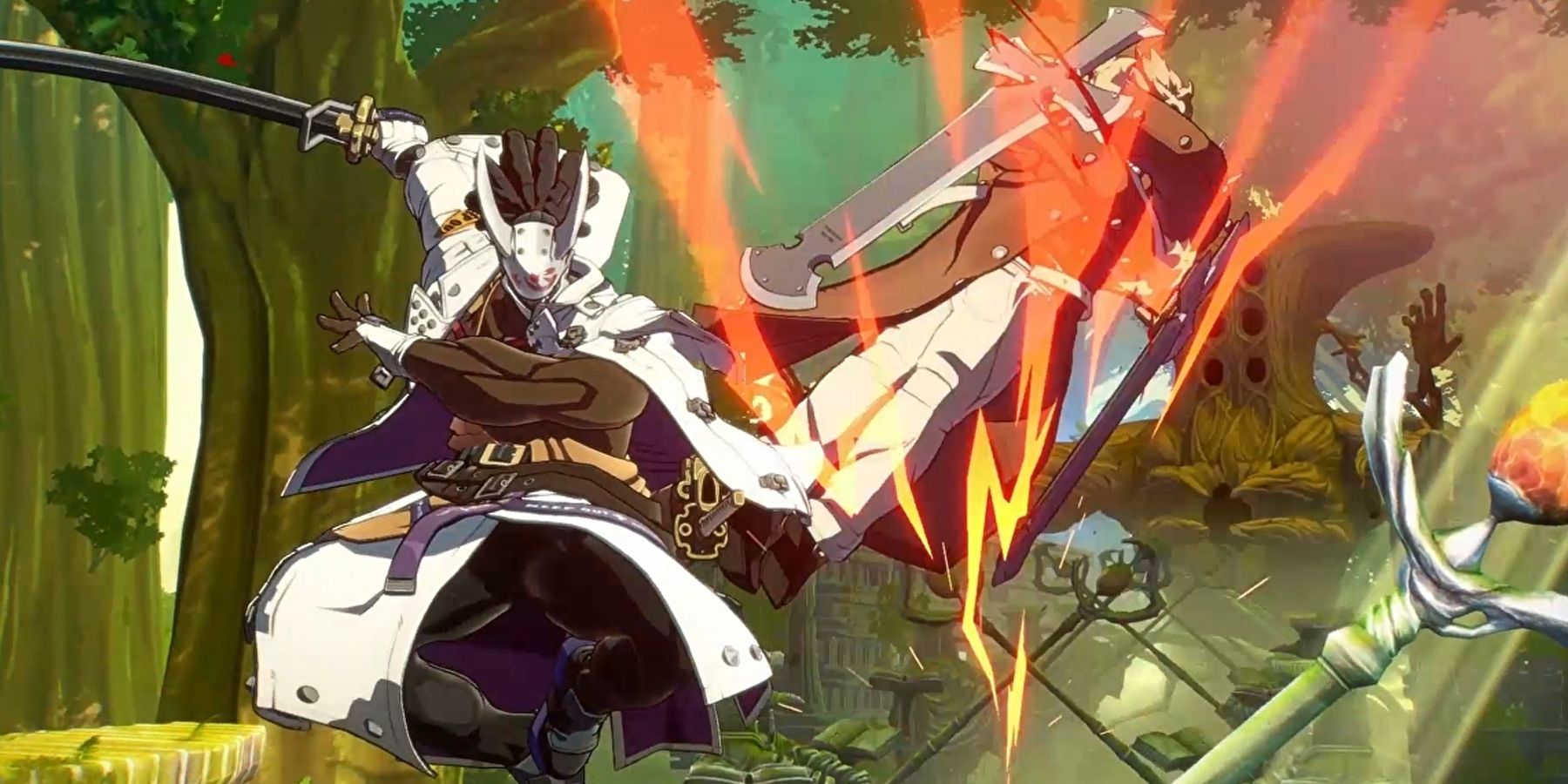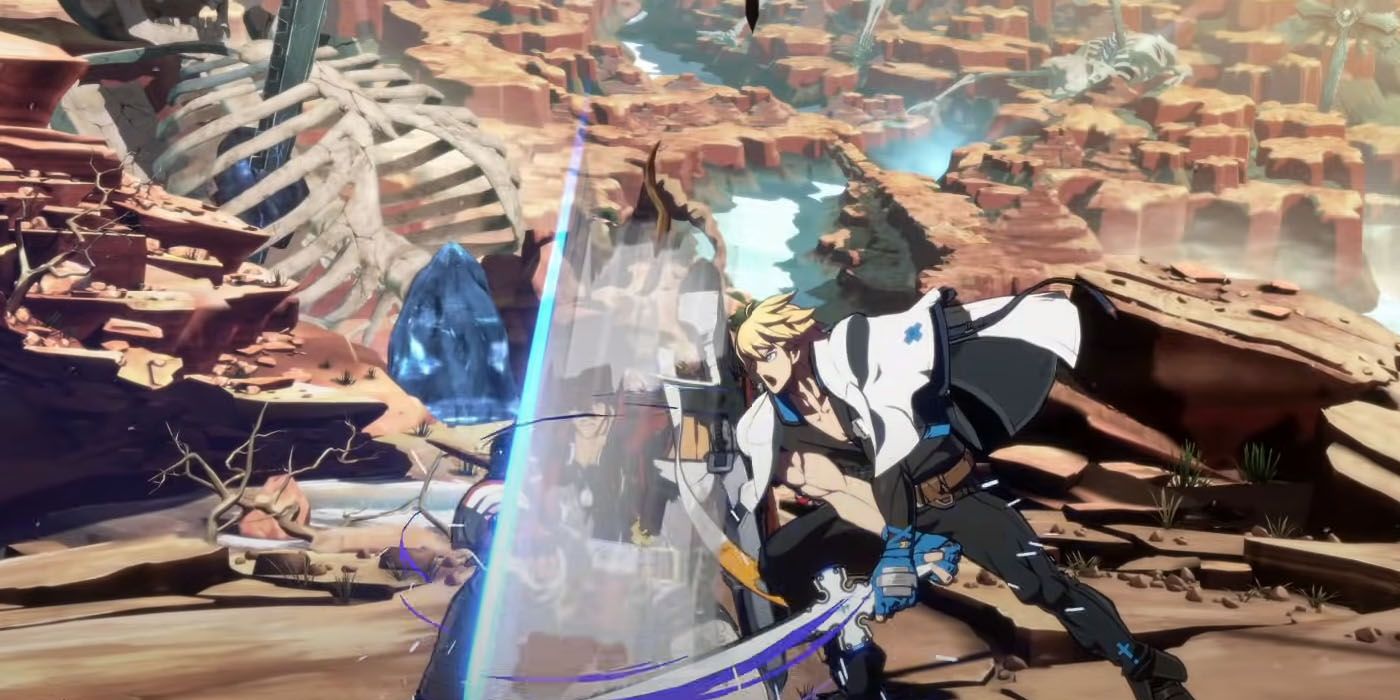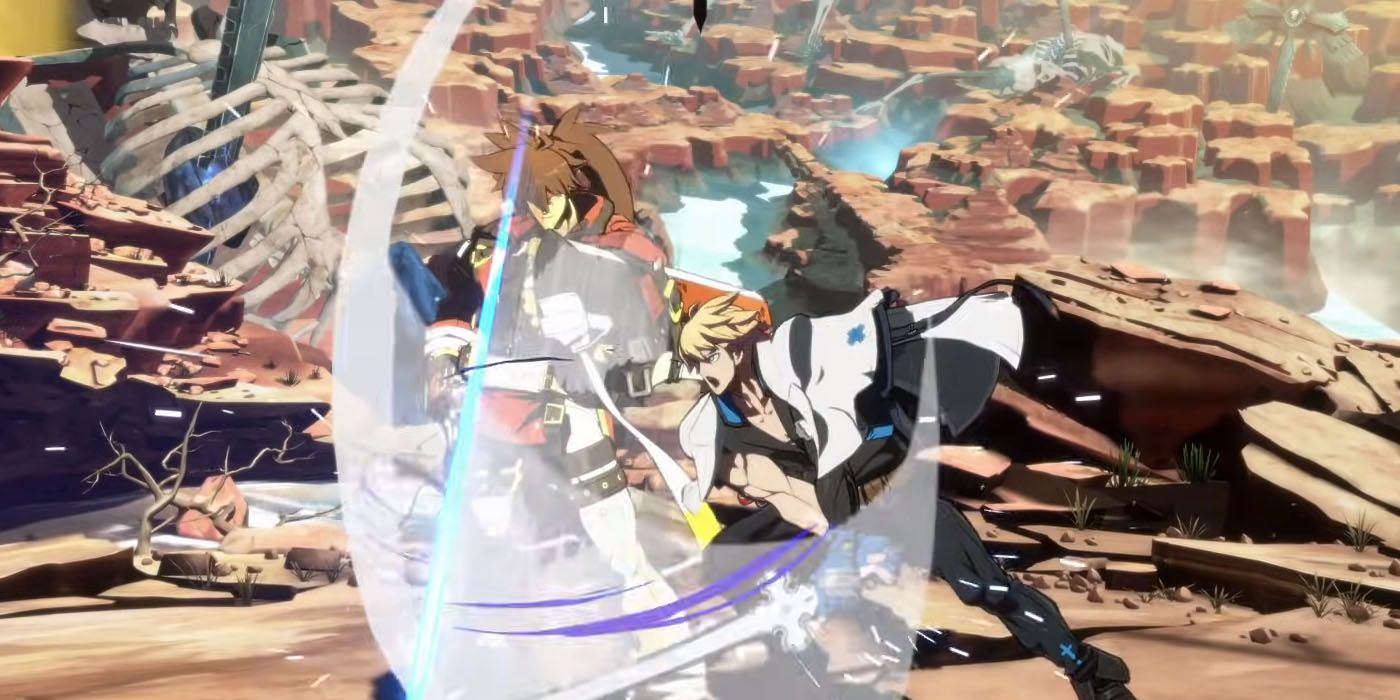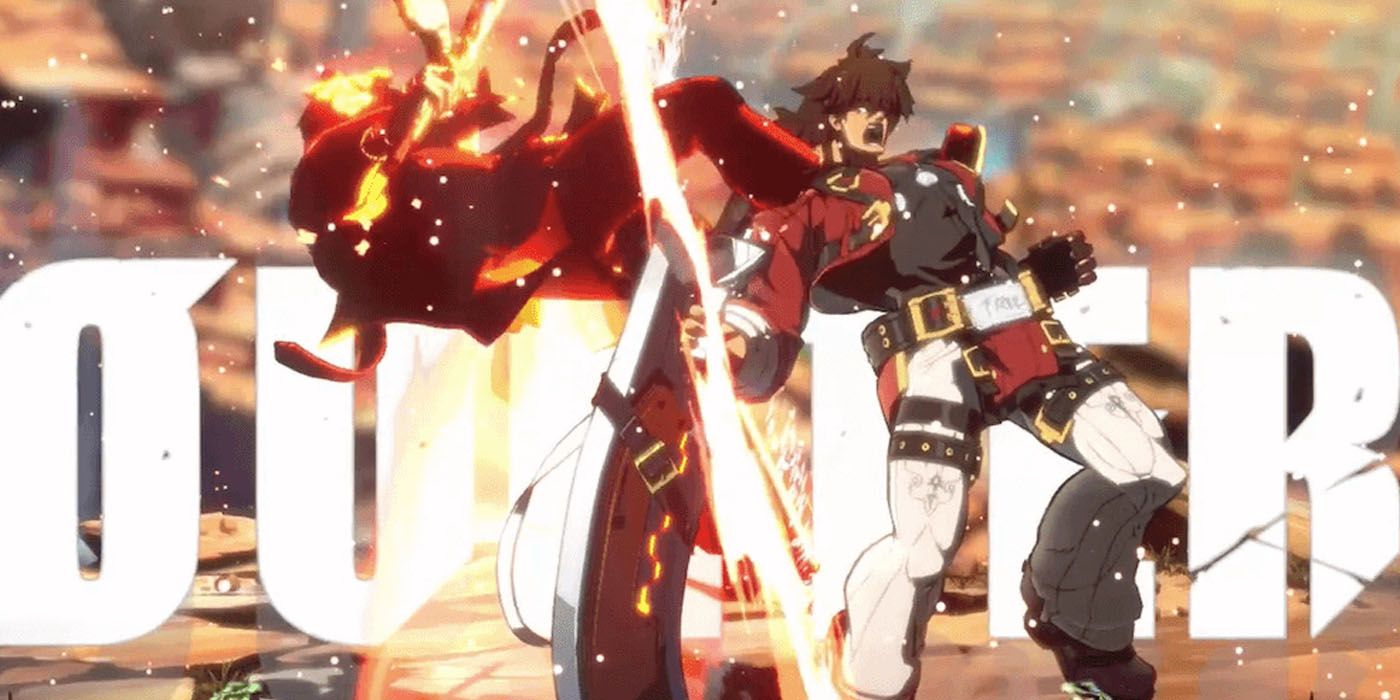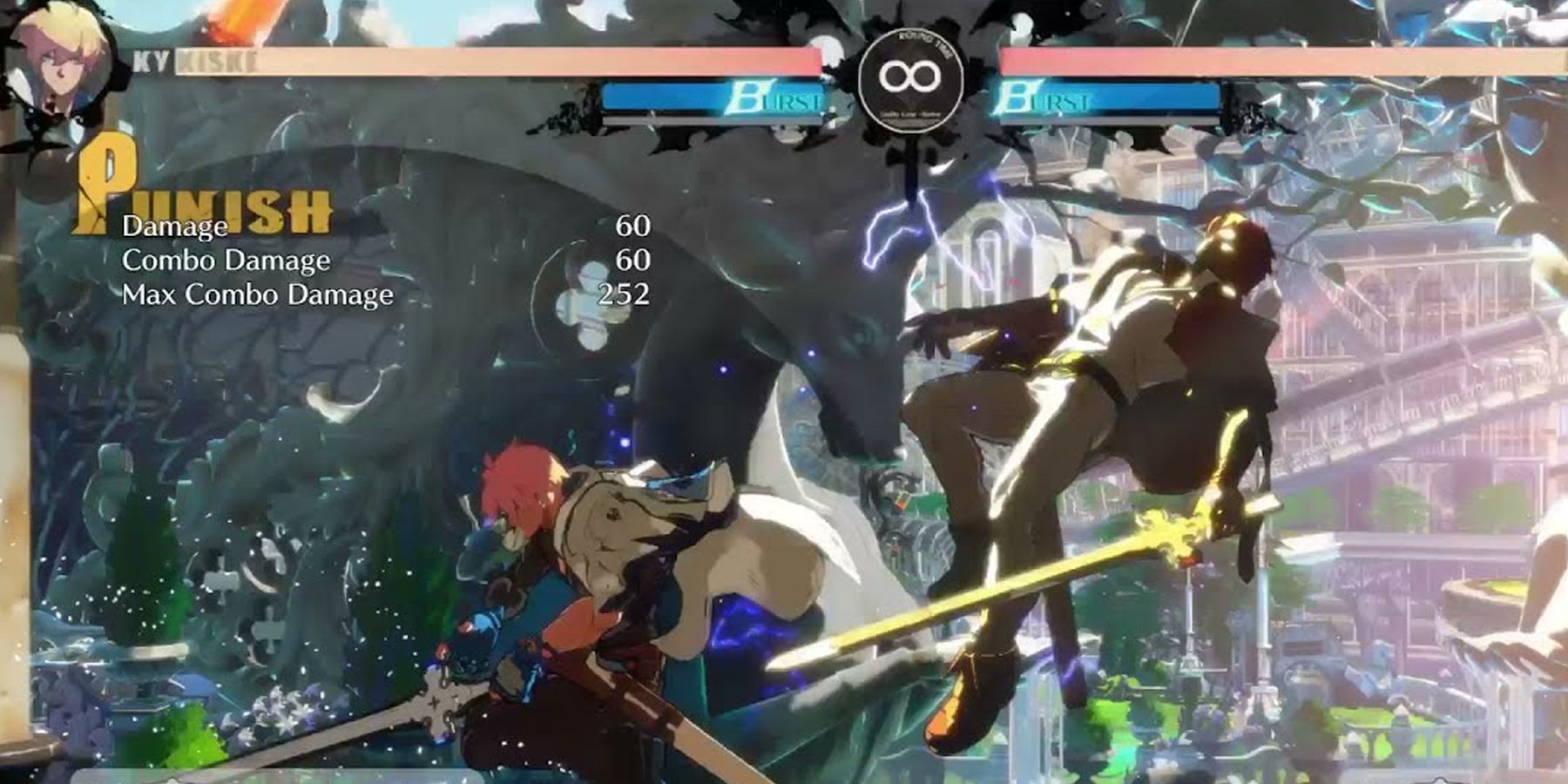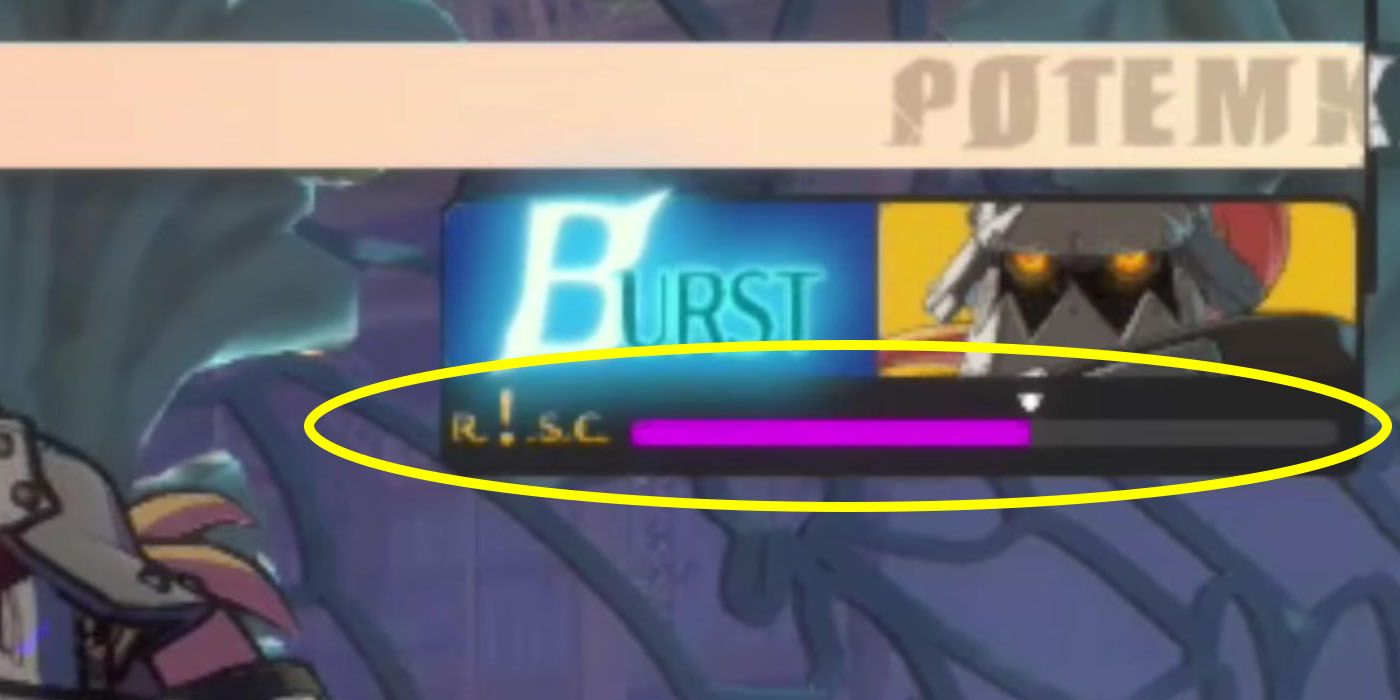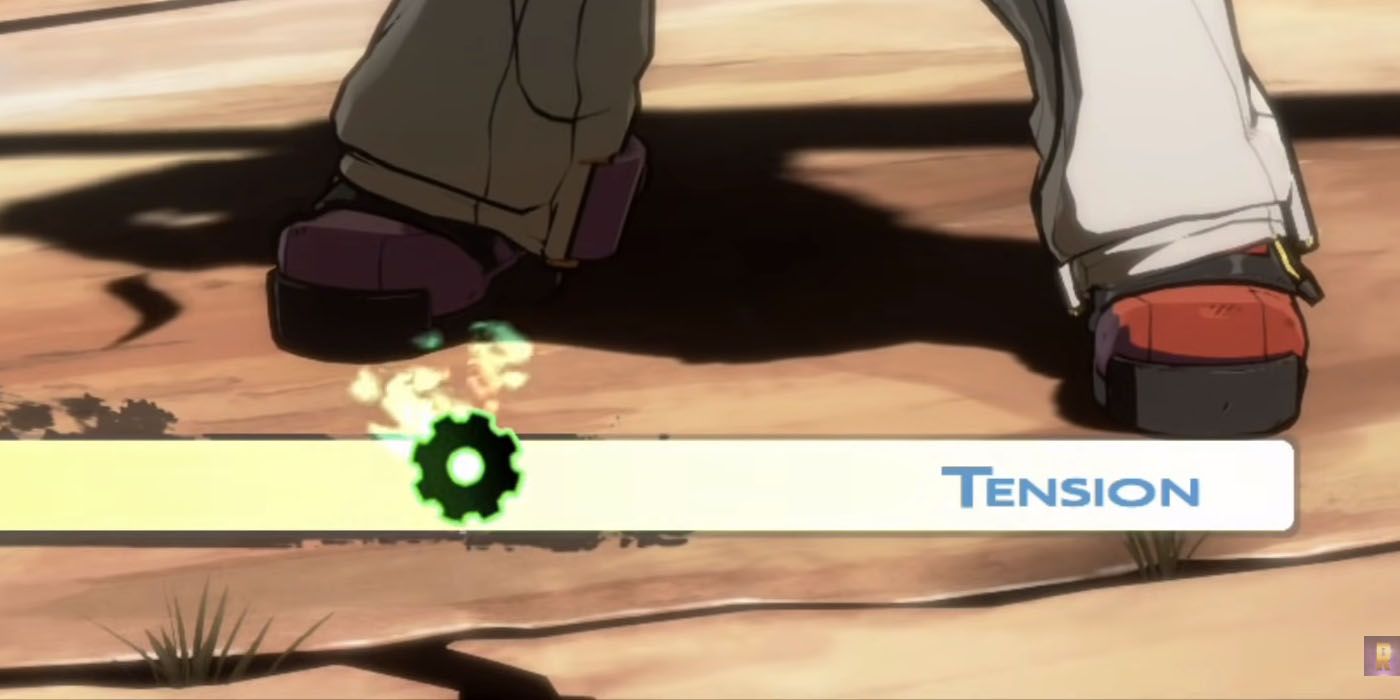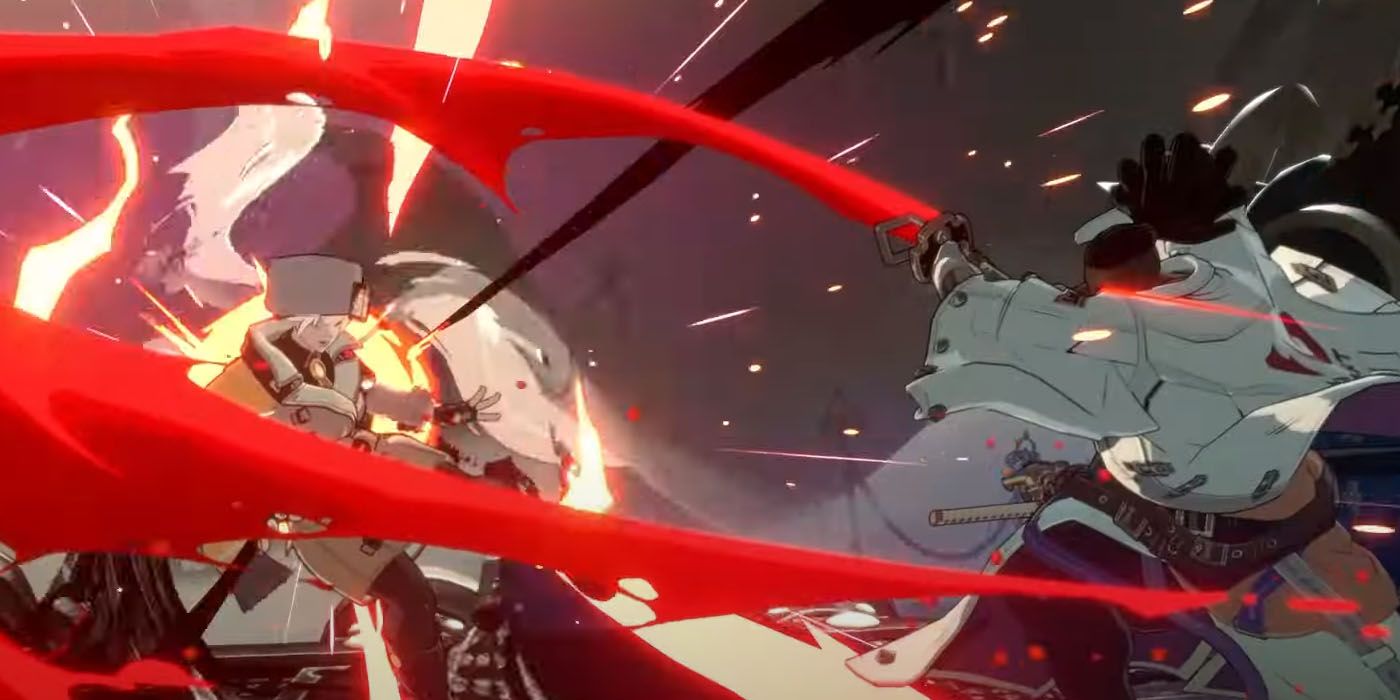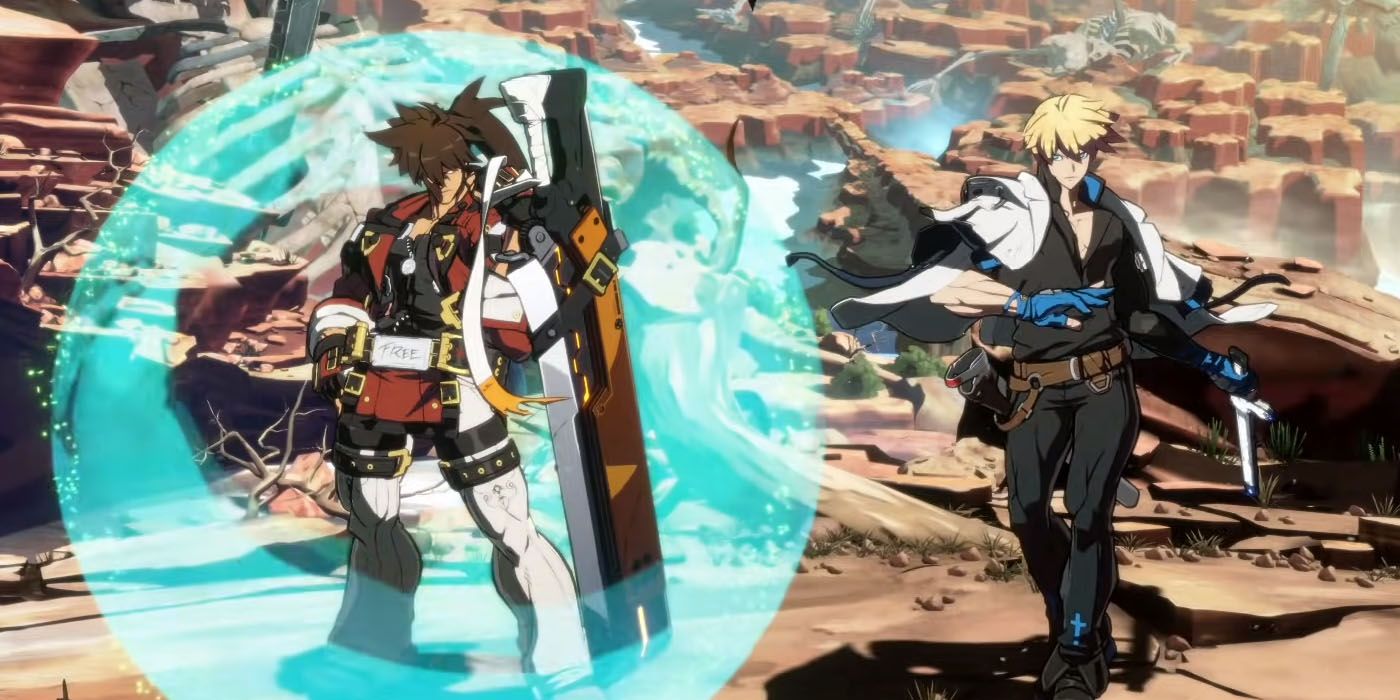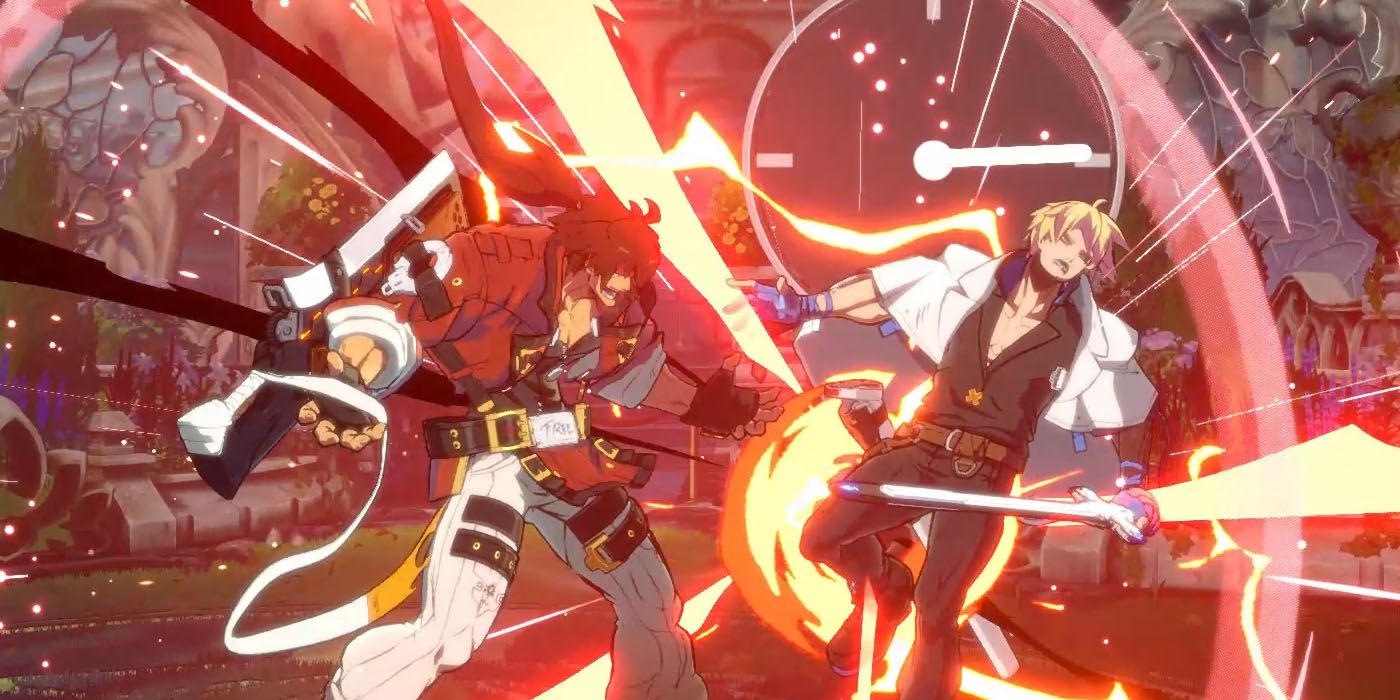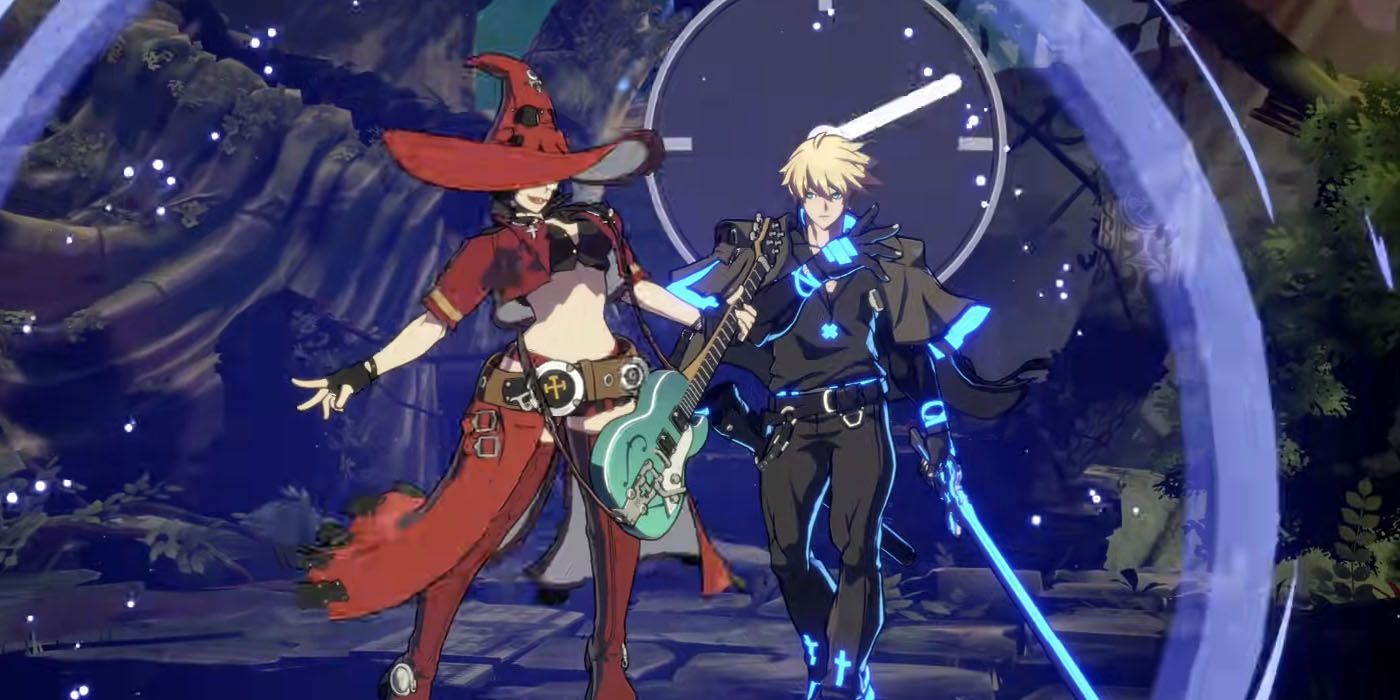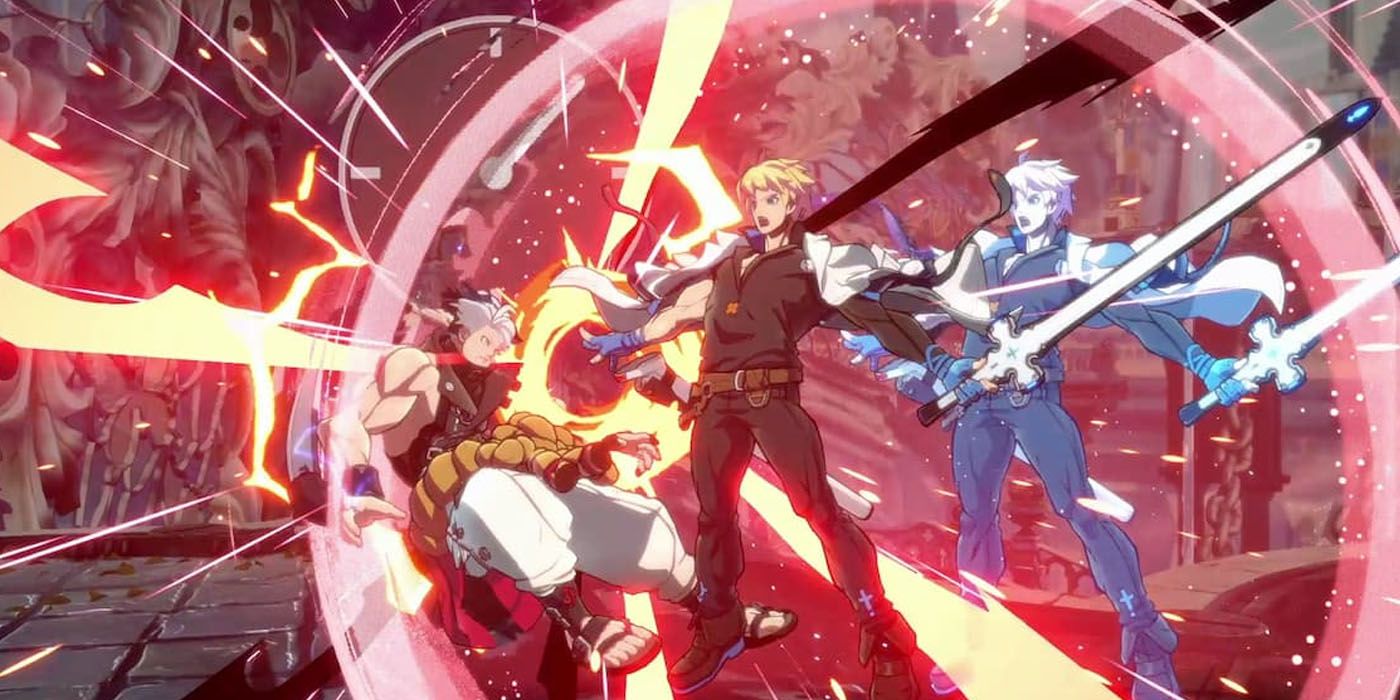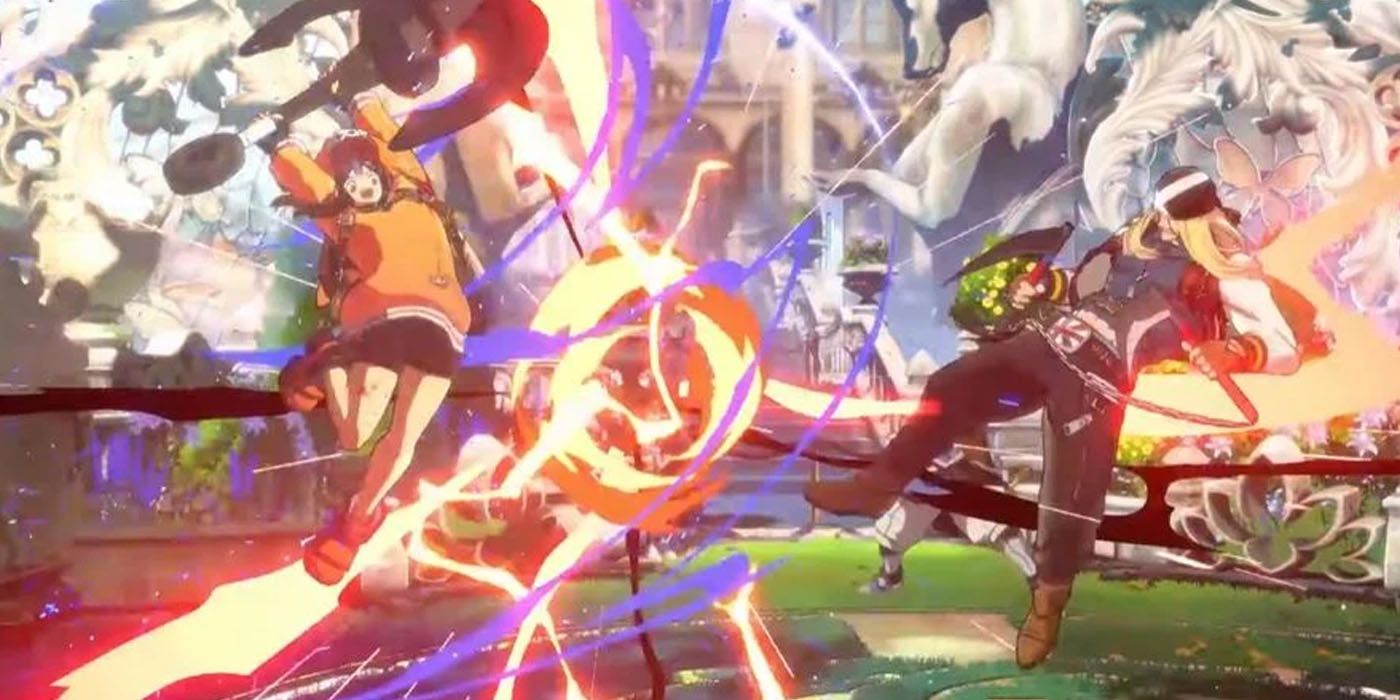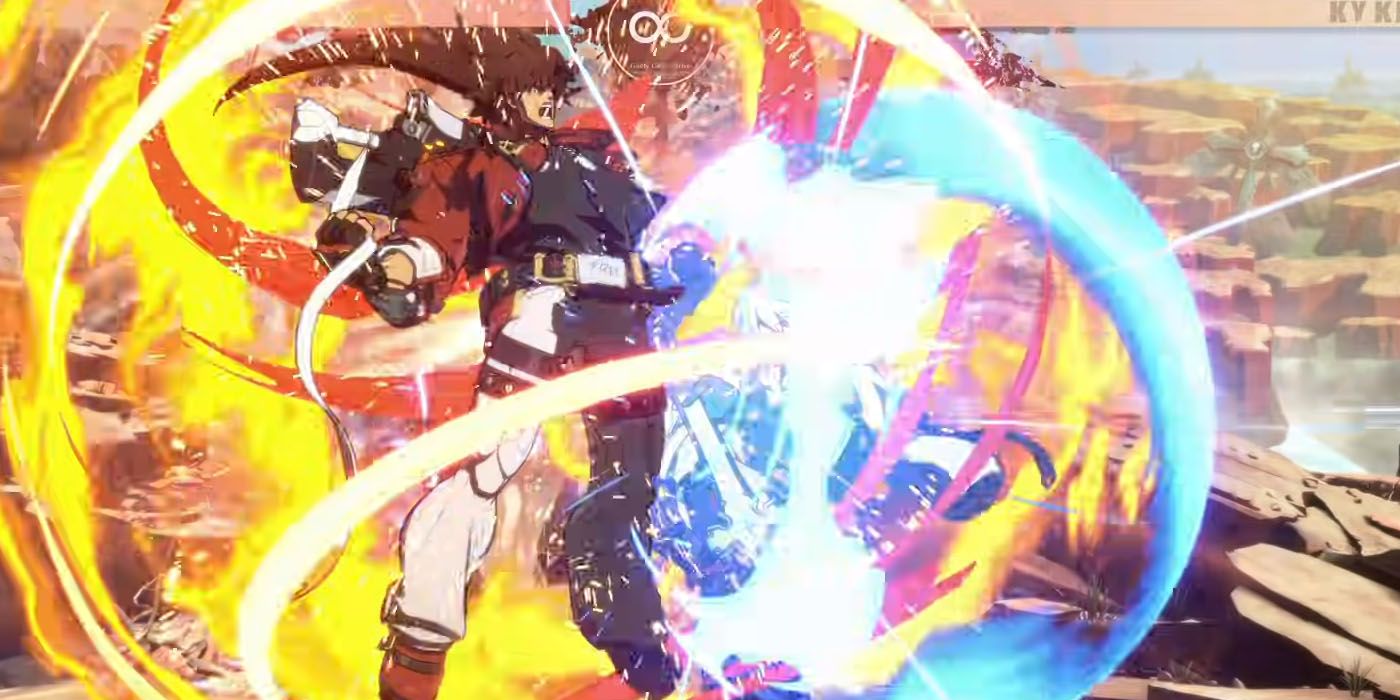As expected from an Arc System Works title, there's more to Guilty Gear Strive than just fast-paced anime action. Serving as the latest entry in the acclaimed ArcSys franchise, Strive levels up the Guilty Gear action with stylish combat and speedy techniques. In turn, both newcomers and fighting game savants have a shot at transforming a mundane match into a spectacle of flashes and slashes.
However, newcomers to Strive might find it harder to grasp the more technical aspects of the Guilty Gear title. After all, there's more to "fast" in Strive than just mashing buttons. Thankfully, the game's more technical systems weave into each other when approached correctly.
Updated on January 2, 2022, by Rhenn Taguiam: Guilty Gear Strive serves as a welcome change to the fighting game genre, especially when the genre’s recent big hits came from heavy-hitters such as Street Fighter 5: Champion Edition, or even Samurai Shodown, both released in 2021. Unlike the 2015 Guilty Gear Xrd - REVELATOR-, Strive seeks a friendlier but equally-fiercer take on fighting games for modern devices.
While Guilty Gear veterans will feel at home with Strive’s familiar mechanics such as Roman Cancels, Bursts, and Command Normals, the introduction of newcomers such as Goldlewis, Jack-O’ and Happy Chaos might overwhelm new players with their unique gameplay setups. Thankfully, newcomers can easily get into these characters’ rhythms with a rudimentary understanding of Guilty Gear Strive fundamentals.
The Basics Of Combat
Newcomers may find it much easier to ease into Strive's more flexible fundamental combat mechanics by learning its bare essentials. Interestingly enough, knowing even basic combat controls is crucial for a speed-oriented franchise like Guilty Gear.
Similar to other Arc System Works titles, Guilty Gear has a fundamentally different approach to basic combat compared to four-attack BlazBlue and six-attack Dragon Ball FighterZ.
5-Button Attacks
As with other fighting games, Strive is a straightforward fighting game in the sense that it has separate attack buttons that string into combos. Unlike other fighting games, Strive has five dedicated buttons for five kinds of Normal Attacks:
- Light Attacks: These attacks pertain to Punches and Kicks. They work best in short-range and, as the name says, deal light attack.
- Medium Attack: This attack pertains to the Slash, a stronger attack that works a bit further from short range. It takes a few more frames to execute and deals middling damage.
- Heavy Attack: This attack pertains to the Heavy Slash, which is the slowest but also strongest of the basic attacks. Given their speed, they're easier to dodge, Block, or Counter.
- Dust: This attack remains unique to Guilty Gear. Dusting pertains to a special attack done neutrally, and in close range. Depending on certain parameters, Dusting can generate different effects.
Dashing And Mobility
Mobility remains key in a technical fighting game like Strive. In fact, most characters have numerous mobility options to help them zigzag around the battlefield when necessary. In turn, players need to get familiar with more unique mobility options within Strive:
- Dash/Backdash: Pressing a direction button twice (or its dedicated key mapped button) will make characters Dash forward or Backdash backward.
- Airdash: Jumping and then Dashing will make players perform Airdashing - essentially faster movements in the air.
- High Jump: Jumping from a neutral position initiates a High Jump. Double Jumps aren't possible with the High Jump, but Airdashes work in this state.
- Run: Pressing a directional button twice but holding the second press will make some characters run. This isn't fundamental to most strategies but may make certain moves flashier if handled by a pro.
- Character Caveats: It's important to remember that some characters may have special movement restrictions and caveats. For instance, Potemkin cannot Run and doesn't have Airdash. Likewise, Chipp Zanuff can Triple Jump and Wall Run.
Offense: Pack The Right Punch
Whereas other fighting games allow players to string combos easily, Strive has a more technical take on combat mechanics. Thanks to its 5-Button system, Strive introduces movesets that are almost entirely unique per character. Players can't easily perform "combos" in Strive but could combine specific movement strings for flashy attacks.
Proximity Normals
Certain characters offer different Normal Attacks depending on the range. This is usually dedicated to the Slash (Medium), where a Far Slash (fS) or Close Slash (cS) lead to different animations. Thanks to Proximity Normals, players can use Slash in either close or mid-range incursions.
Gatling Normals
Gatling pertains to the core combo system of Guilty Gear, where specifically-timed Normal Attacks link to perform combos. For instance, Punches cannot lead to Kicks and then Slashes.
Rather, Strive needs players to follow certain rules for Gatling Normals:
Closed Gatling Normals
These Gatling Normals only happen within the confines of each other and don't immediately lead into other attack types.
- Punch + Down Punch | Down Punch + Punch: This works best for ticking opponents in close range.
- Kick + Dust/Down Dust | Down Kick + Dust/Down Dust: Not as safe as Punch Gatlings, but the move towards Dusting can knock down an opponent.
- cS + 2 Slashes/Dust/Down Dust: Not as safe as Kick Gatlings, but cS has bigger chances to hitstun enemies for combos - especially with Dusting.
- cS/fS/Down Slash + Heavy Slash/Down Heavy Slash: Given their slow nature, they present a high risk. However, they can lead to devastating knockdowns.
Open Gatling Normals
These Gatling Normals can lead to other attack types, particularly Command Normals.
- Punch + Command Normal | Down Punch + Command Normal: A normal Punch can lead into a Command Normal.
- Kick + Command Normal | Down Kick + Command Normal: A normal Kick can lead into a Command Normal.
- cS + Command Normal: A Close Slash can lead into a Command Normal.
Command Normals
Contrary to technical Gatling Normals, Command Normals often serve as a character's "special combo set." These mostly need players to press a specific button with a specific direction.
- Forward + Punch | Forward + Heavy Slash: All characters have versions of these Command Normals.
- Characters Exclusives. All characters have unique Command Normals outside the basic notation.
Dust Attack
Unlike other fighting games where throws and sweeps are separate combos, Strive allocates these more technical offensive tools within the Dust button. Since Dusting itself is an attack of its own, the Dust button is easily one of the most integral parts of Strive's mechanics:
- Dust Attack: Hitting the Dust button while standing will force enemies to float temporarily. This is a chargeable attack, and a special effect happens once players pull this off. These are overhead attacks, meaning high Blocks work against them.
- Homing Jump: Pressing Up during a charged Dust Attack will throw enemies into the air. Attacking them in mid-air will give players an air combo.
- Sweep: Pressing Down + Dust Attack will initiate a sweep. This only works on grounded, and not airborne, foes.
- Throws: Pressing Left/Right + Dust Attack beside an opponent will attempt to throw them, if close enough.
Wall Breaks
A new mechanic introduced in Strive, stages now come in various "levels" separated by Walls. If players use enough Overdrive Attacks to pummel enemies against the wall, they can "break" it and launch enemies into another stage. Here are some properties of Wall Breaks:
- Encourage Neutrality: Instead of awkwardly stopping combos, the wall encourages aggressive players to find ways to stop their combos to prevent the Wall Break from interrupting them.
- Increase Knockdown: Pulling off an Overdrive Attack to initiate a Wall Break can prolong the knockdown of an opponent upon the stage transition.
Combo Execution Basics
As with any fighting game, combos remain the lifeblood of Guilty Gear spectacle. Anyone impressed with a Guilty Gear game’s approach to flashy but hard-hitting combos and specials can see the same “oomph” in Strive. However, unlike other fighting games, Strive has a few constraints when it comes to fulfilling combos. Players who want to master the combo scene in Strive need to take note of the following:
- Gravity change combo viability: Character “weight” actually matters in Strive as this determines how fast they return to the ground after being launched in the air. Bigger characters fall faster, meaning players need to take note of their combo timings to pull them off easily.
- More hits increase gravity: Characters become heavier the more they get hit, making some combos trickier to execute as these characters tend to fall much faster.
- Pushback affects both characters: When an attack hits a character, both attackers and defenders receive a bit of pushback. Starting from the center, it’s the defender that usually gets pushed back. However, if the defender becomes cornered, the attacker will also start to get pushed back the more they attack.
- Aggression boosts pushback: Harder and more consistent hits will increase pushback, making combos happen at the risk of pushing the attacker back and giving the defender some room to counter.
Defense: Health Is Wealth
Thankfully, Strive does offer extremely handy defensive options when it comes to safeguarding one's health. Unlike the more complex offensive maneuvers, defensive strategies come in extremely straightforward mechanics:
The Basics Of Defense
While the objective of any fighting game is to reduce the opponent’s life bar to zero first, It’s a completely different challenge entirely if the opponent turns out to be just as skilled as the player. In these situations, players need to stay on top of their character’s defense. Unlike other games, Strive does this by implementing a separate formula for computing for each character’s defensive stats.
As such, players need to pay attention to these aspects of defense across their Strive characters:
- Guts: At its core, characters in Strive have set damage scaling Guts rating that intensifies damage they take depending on how low their life is. For example, since Sol has Guts 2, an attack that will do 100 Damage to full-life Sol will only deal 50 Damage if he’s in 10-percent life or lower.
- Character Defense Rating: Unlike other fighting games, characters in Strive actually have a predetermined Defense Rating. This indicates how much damage they can mitigate before it gets reduced to their health. For instance, Chipp has the lowest Defense Rating (x1.26) while Potemkin has the highest Defense Rating (x0.93). Meaning, an attack with 100 Damage will hit Chipp for 126 Damage, while it hits Potemkin for 93 Damage.
- Effective Health: It’s important to remember that while all characters in Strive start with 420 Health, their Guts and Defense Ratings will change these base statistics. As such, Chipp has the lowest Effective Health at 449 Health, while Nagoriyuki has the highest Effective Health at 590 Health.
Guts
Guts remains another often overlooked character property in Guilty Gear, particularly because of how invisible its existence is throughout the games. However, anyone who wants to become a Strive savant needs to understand how exactly Guts works to fully take advantage of all their cards in a match. Guts explains why Nagoriyuki gets increasingly difficult to kill as he’s on the verge of death.
At its core, Guts is a damage scaling rating that lessens the overall damage a character takes depending on how much life they have left. This has a lot of implications for characters:
- Guts Ratings range from 0 to 5: A Guts Rating of 0 is the lowest, while a Guts Rating of 5 is the highest. In this context, an attack of 100 Damage will only deal 41 Damage to Guts 5 at 10-percent life, whereas the same attack will deal 56 Damage at 10-percent life.
- Small Hits matter more: Since all attacks do a minimum of 1 Damage whenever they hit, it’s more economical to use smaller attacks at lower health to maximize their damage output. This makes chip attacks much deadlier compared to big combos on low-life opponents.
- Use Big Hits before a damage threshold: This involves a lot of timing, but players can maximize their damage output if they use their specials and larger attacks before opponents enter another defense threshold.
Blocking
Similar to other fighting games, Strive offers a straightforward blocking mechanic. Moving backward will initiate a block. Successful blocking will initiate a pushback - pushing the attacker slightly away.
- High Block: Holding Back initiates a High Block, which can block overheads such as Dust Attacks.
- Low Blocks: Holding Down + Back initiates a Low Block, which can block low attacks like Sweeps but not overheads.
- Air Block: Holding Back in mid-air initiates an Air Block.
Just Blocking
Contrary to a simple Block, hitting any Block just before an attack hits will trigger a Just Block or an Instant Block. Just Blocking has special properties:
- Won't pushback: Just Blocking is a great way to punish opponents as it won't push back the attacker.
- Won't generate RISC: Just Blocking won't add to RISC Level.
- Will give Tension: Just Blocking gives a small amount of Tension.
Counter Hits
Instead of outright Blocking, players can also predict the enemy's attack and cancel them via a Counter Hit. This move requires players to precisely press the appropriate attack button to counteract an enemy's move. Counter Hits have special properties:
- Slightly stronger attacks: When players successfully land a Counter Hit, their damage is slightly stronger than a Normal Attack.
- Special animation with Heavy Slash: This is especially the case with Heavy Slash, which has its own unique animation.
- Extends hitstun: Enemies get stunned when countered. Players can use this opportunity to execute moves that take more frames to perform and initiate combos.
Interruptions In Combat Matter
When the Guilty Gear series showed each character having their own unique ways to break the game's mechanics, this didn’t just extend to each character having potentially-overpowering attacks or specials. Rather, this special trait extends to defense and counters as well.
At its core, each character approaches their defensive maneuvers differently. Outside Blocks, Just Blocks, and Counters, there are certain combat interruptions that, when done correctly, leaves opponents in just as much room for pain:
- Reversals: As mentioned, players can get stuck in a rut if an opponent starts attacking them while they’re in a vulnerable state - such as a hitstun or a knockdown. However, players can immediately turn this situation around by dishing out an Overdrive or special as soon as possible. This is called a Reversal, meaning “reversing” the opponent’s offense. When done properly, players can get back up through a special as soon as they’re knocked down, and the invincibility frames of their special render them invincible from an opponent’s follow-up attack.
- Punish Status: Players may sometimes notice the word “Punish” in the HUD even during normal attacks. This simply means the player has hit their opponent during the recovery of their attack. For beginners, this might seem like a lucky break. However, for pros, timing these Punishes can make them extremely threatening to opponents since this indicates opponents know exactly how fast their attacks are.
- Temporary Burst Disables: Ordinarily, players should be on guard if their opponents have a full Burst Gauge given the many benefits of Burst. However, players can actually disable even a full Burst Gauge with the right approach. This happens if the opponent is thrown, put into an irregular hitstun (e.g. Wall Stick), and if they’re hit by an Overdrive.
RISC Meter
Unfortunately, Strive does make it a point to punish extremely defensive players. This is especially with the RISC Meter, which is something that fills up whenever players unnecessarily go into defensive mode.
- Blocking too many times increases it. Players increase their RISC Meter when they block too much. Likewise, staying out of Block or taking damage decreases it.
- Transforms into Counter Hits. Players with full RISC Meters will transform their enemy's next attack into a harsh Counter Hit - often leading to punishable knockdowns.
Tension: It's About To Get Chaotic
The Tension Meter is Guilty Gear's equivalent of a super meter in other fighting games. And as with other fighting games, the Tension Meter remains a key mechanic in pulling off some of Strive's most important combat mechanics.
Rewarding Aggression
As players might notice, Strive rewards more aggressive playstyles in the game. In turn, the game also gives multiple opportunities to fill up the Tension Meter to capitalize on its many uses. Aside from attacking, here are other ways players can gain Tension:
- Moving Forward increases Tension: Interestingly enough, simply moving towards the opponent gives players a bit of Tension.
- Special Attacks give Tension: Regardless of whether or not these hit, Special Attacks always give some Tension to players. All characters have unique Special Attacks that have separate inputs compared to other attack types.
- Wall Breaks give Tension: When players force enemies to break a wall, they do get rewarded with a "Positive" status, increasing their Tension greatly for the next few seconds.
Overdrive Attacks
Perhaps the simplest version of Tension usage, Overdrive Attacks are Guilty Gear's version of super moves. All characters have unique Overdrive Attacks. Here are other properties of Overdrive Attacks:
- Costs 50% Tension
- Most cause Wall Breaks: When used properly, an Overdrive Attack can cause Wall Breaks - especially when an enemy is pinned to the wall. If this happens, the enemy will have a greater hitstun when landing on the new stage.
Faultless Defense
Players can also use Tension defensively, in the form of Faultless Defense. This is a handy defensive measure for emergencies, as this essentially renders most - if not all - enemy attacks useless. This is a great emergency tactic against movement and hard combos. Here are other properties of Faultless Defense:
- Left/Down Left + 2 Attack Buttons
- Consumes Tension over time: Faultless Defense consumes Tension the longer it's pressed.
- Pushback property: Like Blocking, Faultless Defense pushes back the opponent - but much farther away.
- Negating properties: Faultless Defense negates chip damage and won't increase RISC Level.
Roman Cancels: Time Out!
Ever been on the other end of a pummeling and just want a time out? In Guilty Gear, players who just want a quick pause button can use Roman Cancel (RC) to cancel their character's actions and momentarily pause the screen. Here are the basic properties of Roman Cancels:
- Any three Attack Buttons (except Dust)
- Costs 50% Tension
- Shockwave Effect: Roman Cancels will force characters to release a shockwave effect that affects the environment in different ways, depending on the Roman Cancel used.
- Shockwave Cancellation: Players who input another move during the shockwave expansion can cancel the animation and slow down.
Roman Cancel Variants
Players can perform four kinds of Roman Cancels, depending on the situation they're in. The versatile nature of Roman Cancels makes them compatible in both offensive and defensive play.
- Red Roman Cancels: This RC occurs right when the attack hits the player. The shockwave cancels damage and launches the opponent with a mild hitstun.
- Blue Roman Cancels: This RC occurs during basic movement. This has the longest slowdown, allowing players to slow down enemy movement and make them prone to combos.
- Purple Roman Cancels: This RC occurs right as the player initiates an attack. Instead of waiting for the attack to hit, the Purple RC cancels the "waiting" and gives player control ASAP. Theoretically, when used with a projectile, the Purple RC can help the player and their projectile attack enemies at once.
- Yellow Roman Cancel: This RC occurs while blocking. The shockwave will stun the attacker momentarily.
Sliding Roman Cancels
Players can perform Dashes while pulling off Red, Blue, and Purple RCs. When this happens, an afterimage effect follows the shockwave. This has numerous effects:
- Push opponents further: Sliding RCs can push enemies further away with the resulting shockwave.
- Quick neutral return: Sliding RCs + Down can instantly return players to a neutral position - perfect when committing an attack mistake during an RC.
Psych Bursts: That Other Time Out!
Psych Bursts are yet another feature in Guilty Gear that can further encourage offensive and defensive play. This move releases a shockwave that blows enemies away. As expected, the Psych Burst consumes the Burst Meter, which is yet another meter in the game. Here are some basic properties of Psych Bursts:
- Dust + Any Attack Button
- Uses up the Burst Meter
- Fills over time: Players can increase their Burst Meter as they stay in combat or whenever they get hit.
Psych Burst Variants
Like Roman Cancels, Psych Burst has different variants with different effects.
-
Blue Psych Burst: This Burst triggers during blocking or hitting. When properly activated, this is an interrupt move that blows enemies away.
- This won't work against Throws, Overdrives, and wall splats.
- Recovery from a Blue Psych Burst does put players in a vulnerable state.
- Empties the Burst Meter but refills 1/3 on a hit.
-
Gold Psych Burst: This Burst triggers neutrally. When properly activated, this slightly interrupts enemies.
- Refills the Tension Gauge upon hit.
- Recovery from a Gold Psych Burst does put players in a vulnerable state.
- Uses 2/3 of the Burst Meter regardless of a hit.
Guilty Gear Strive was released in June 2021 and is playable on the PS4, PS5, and PC.

